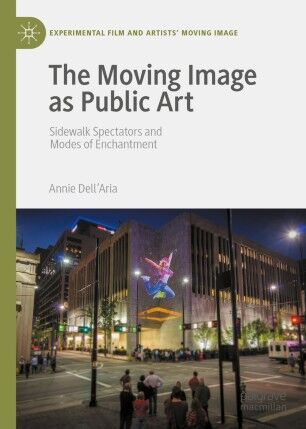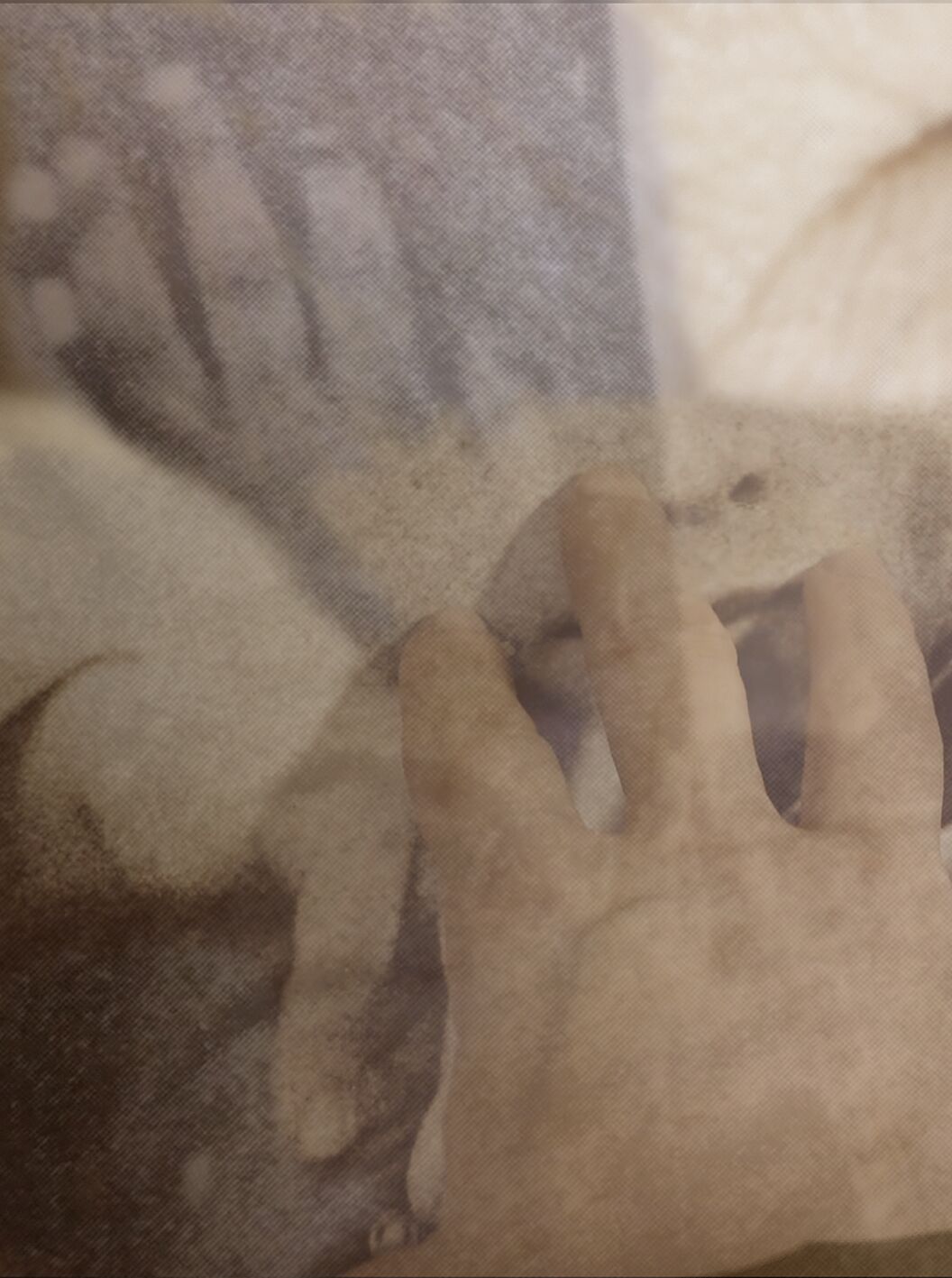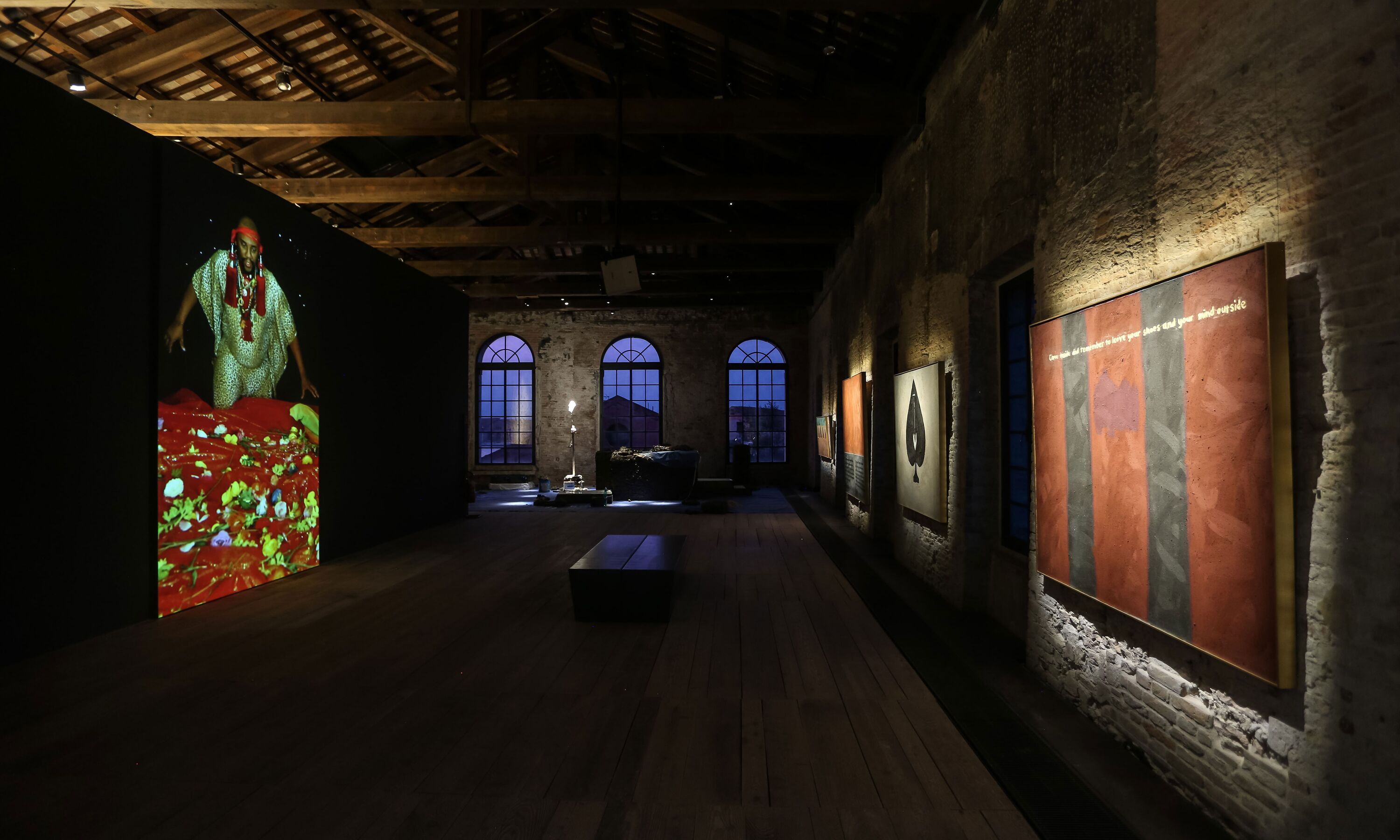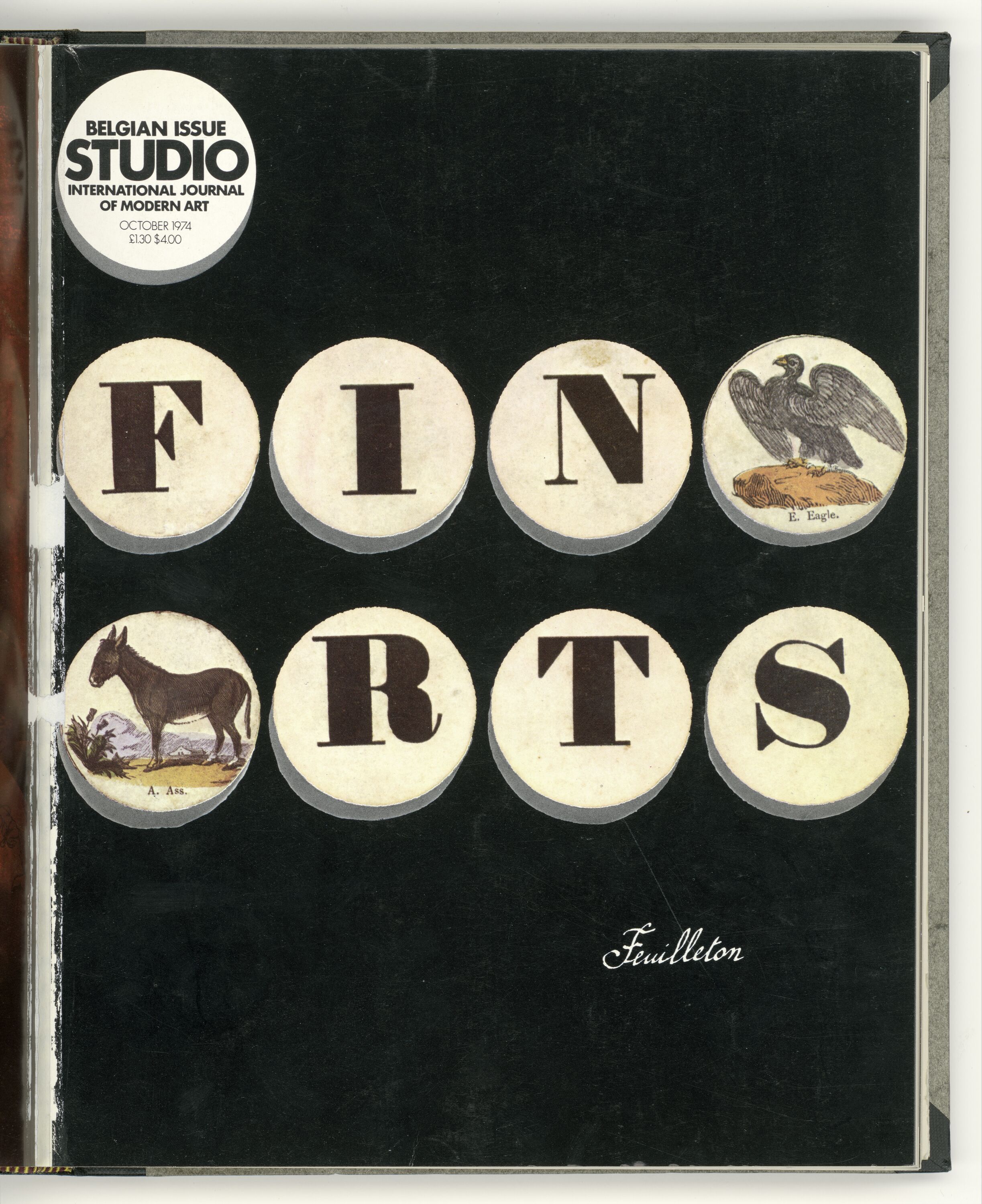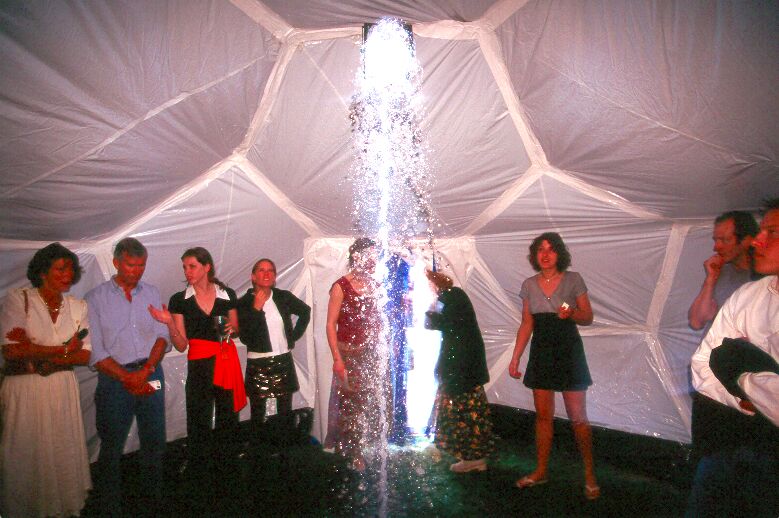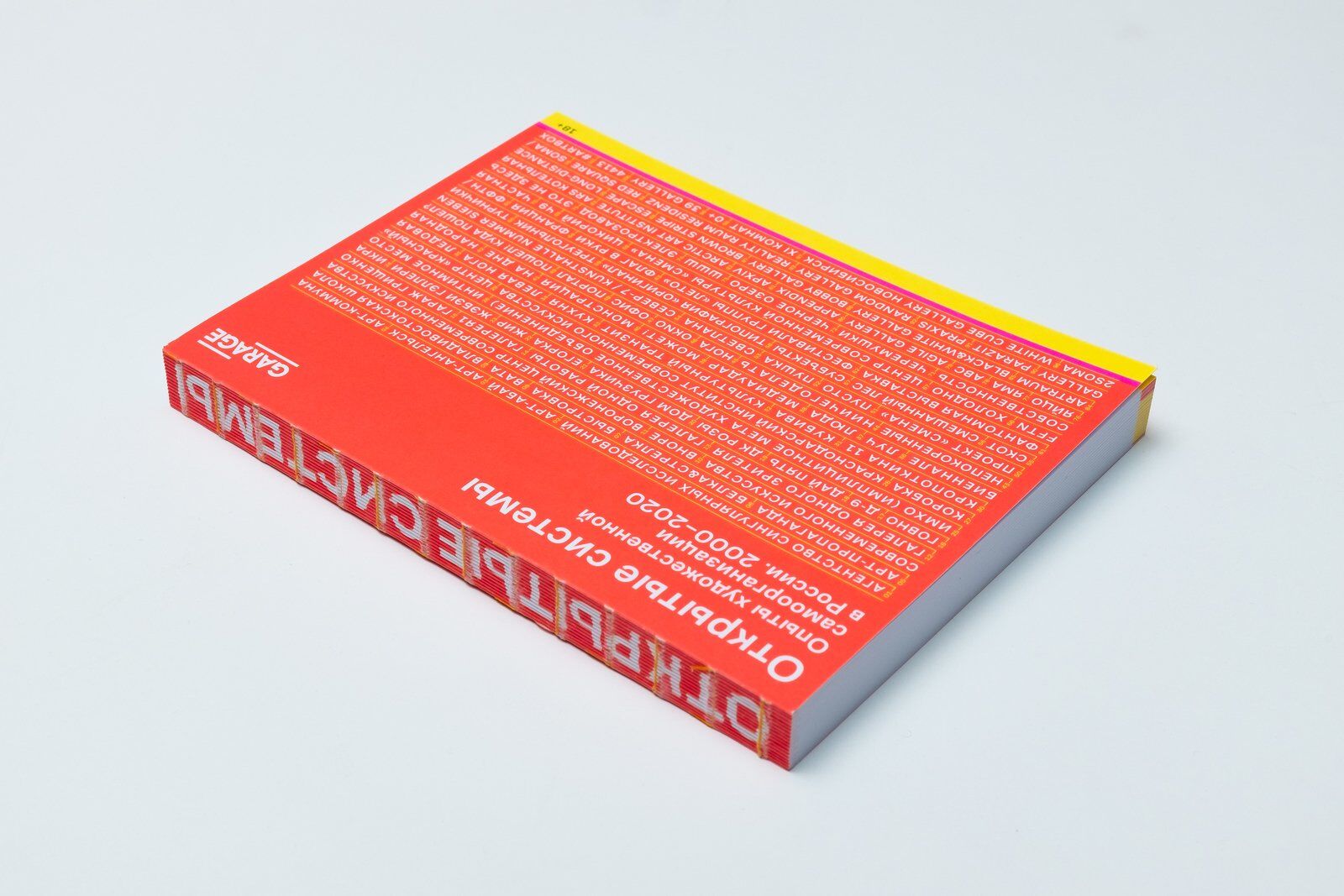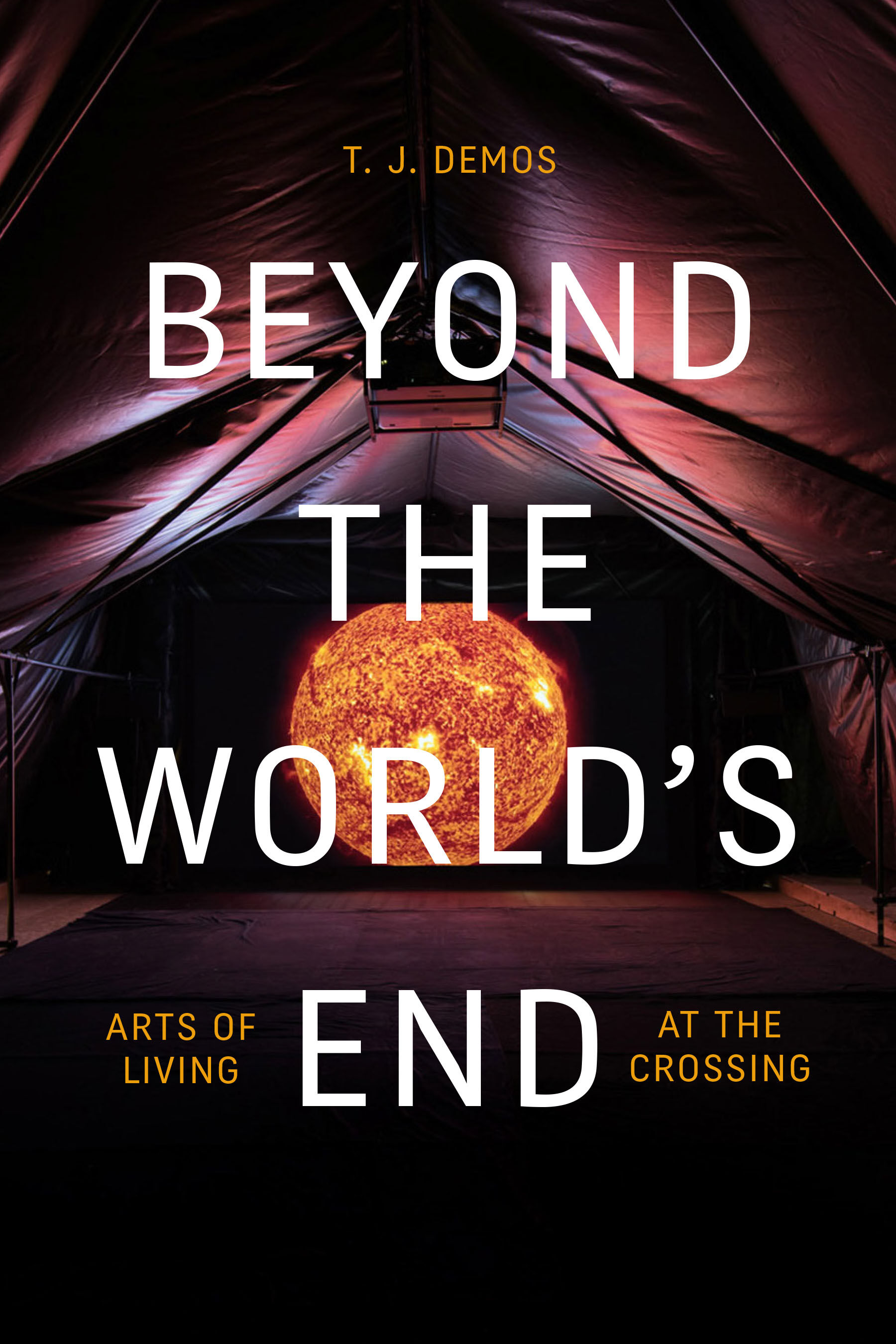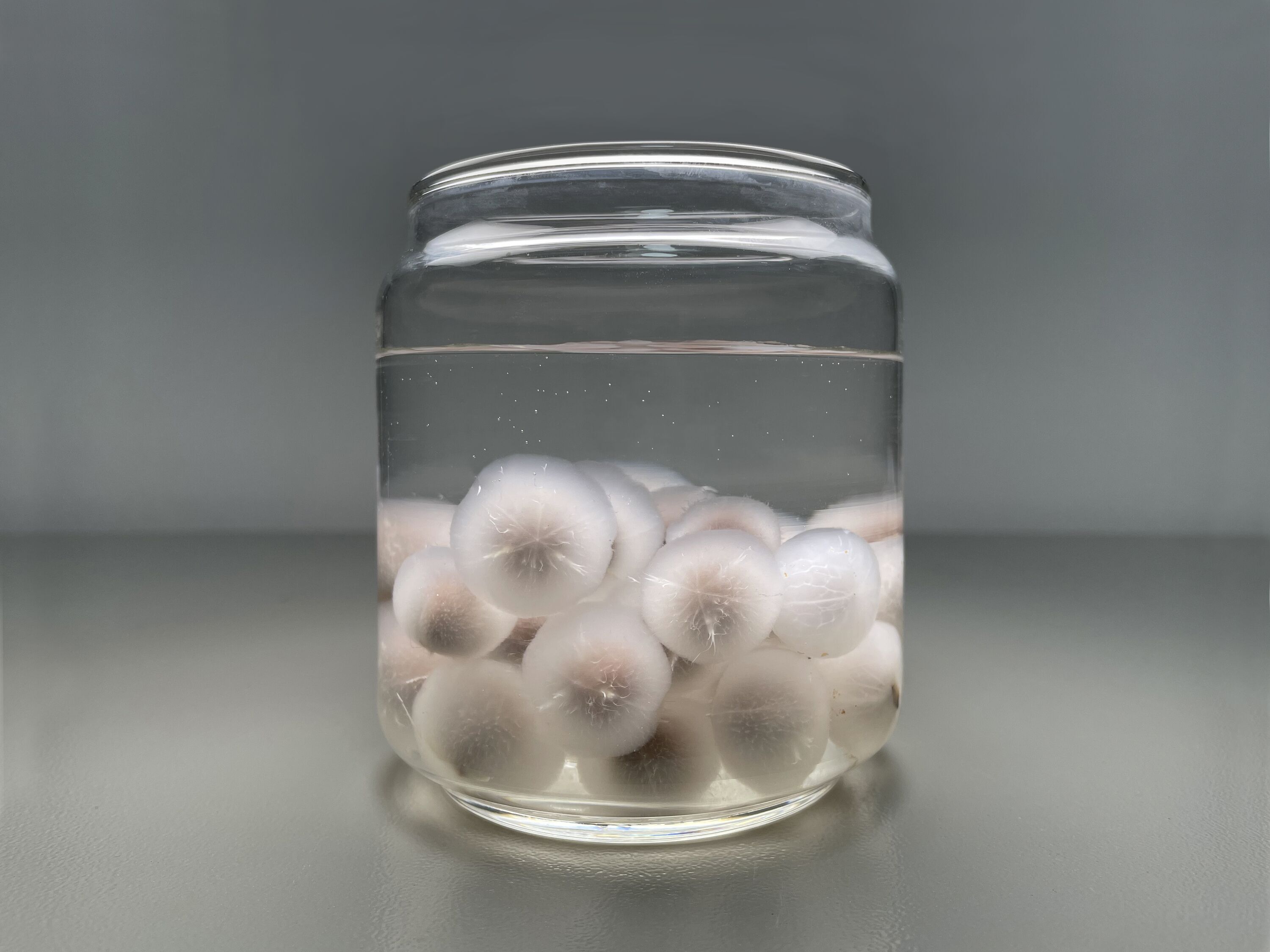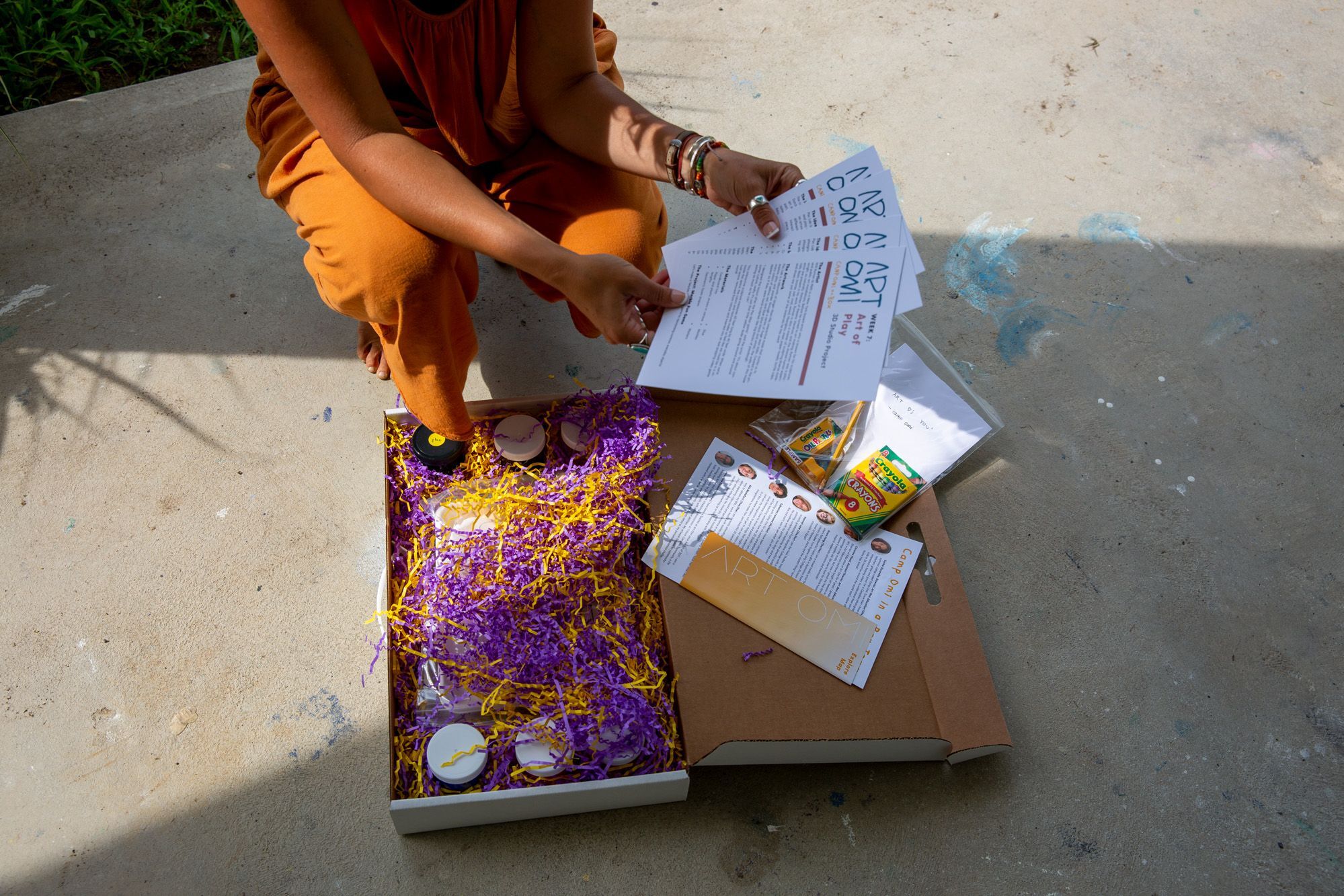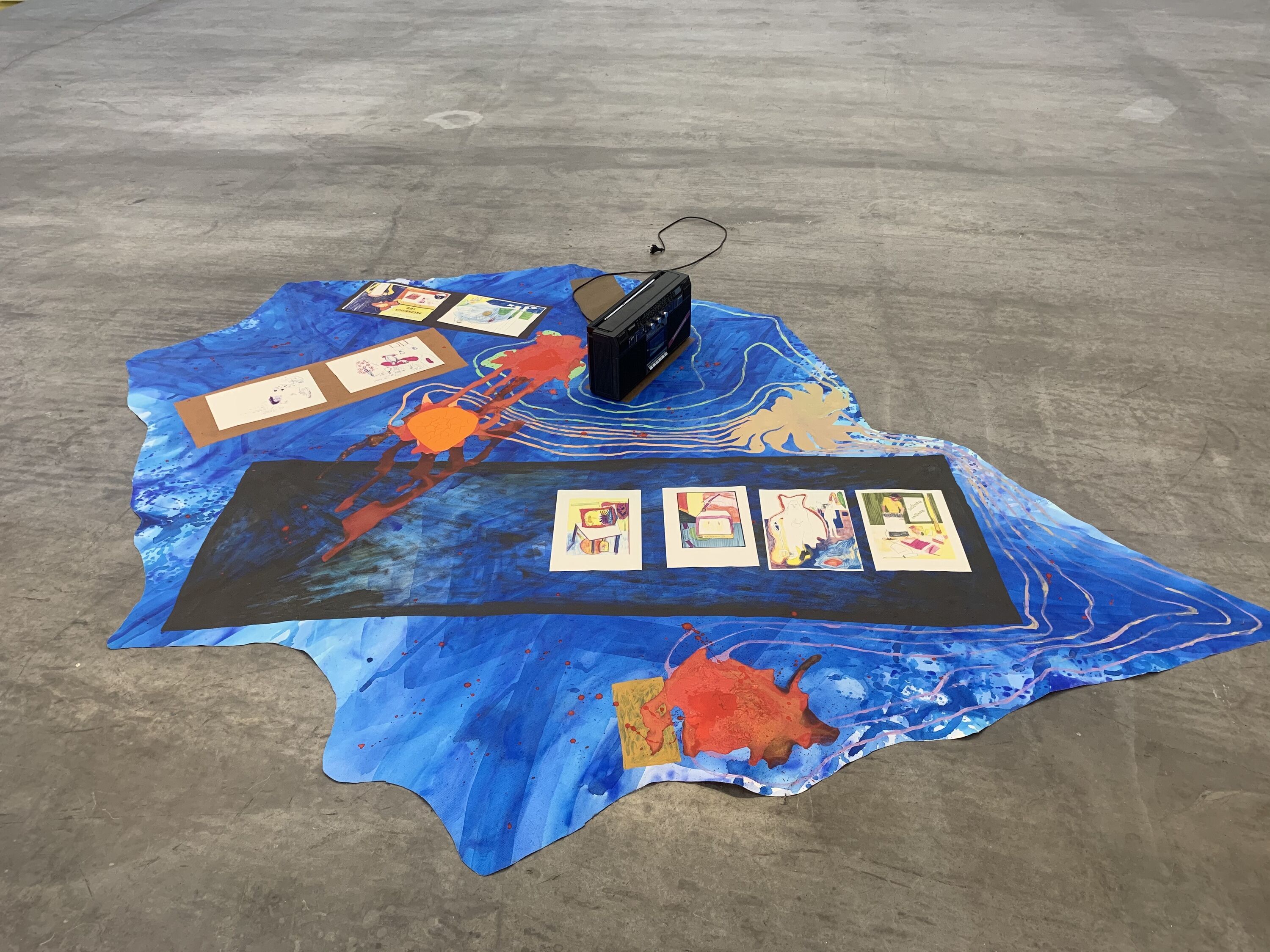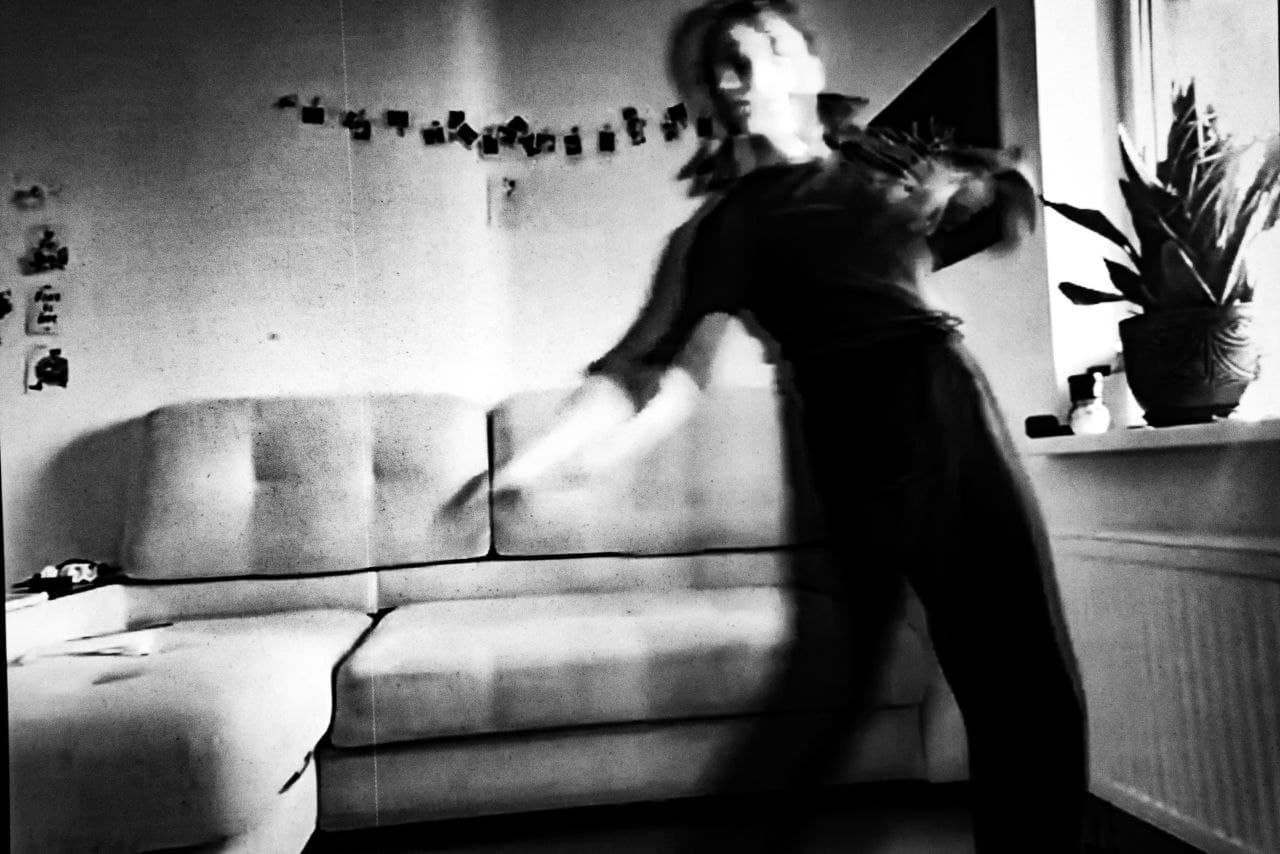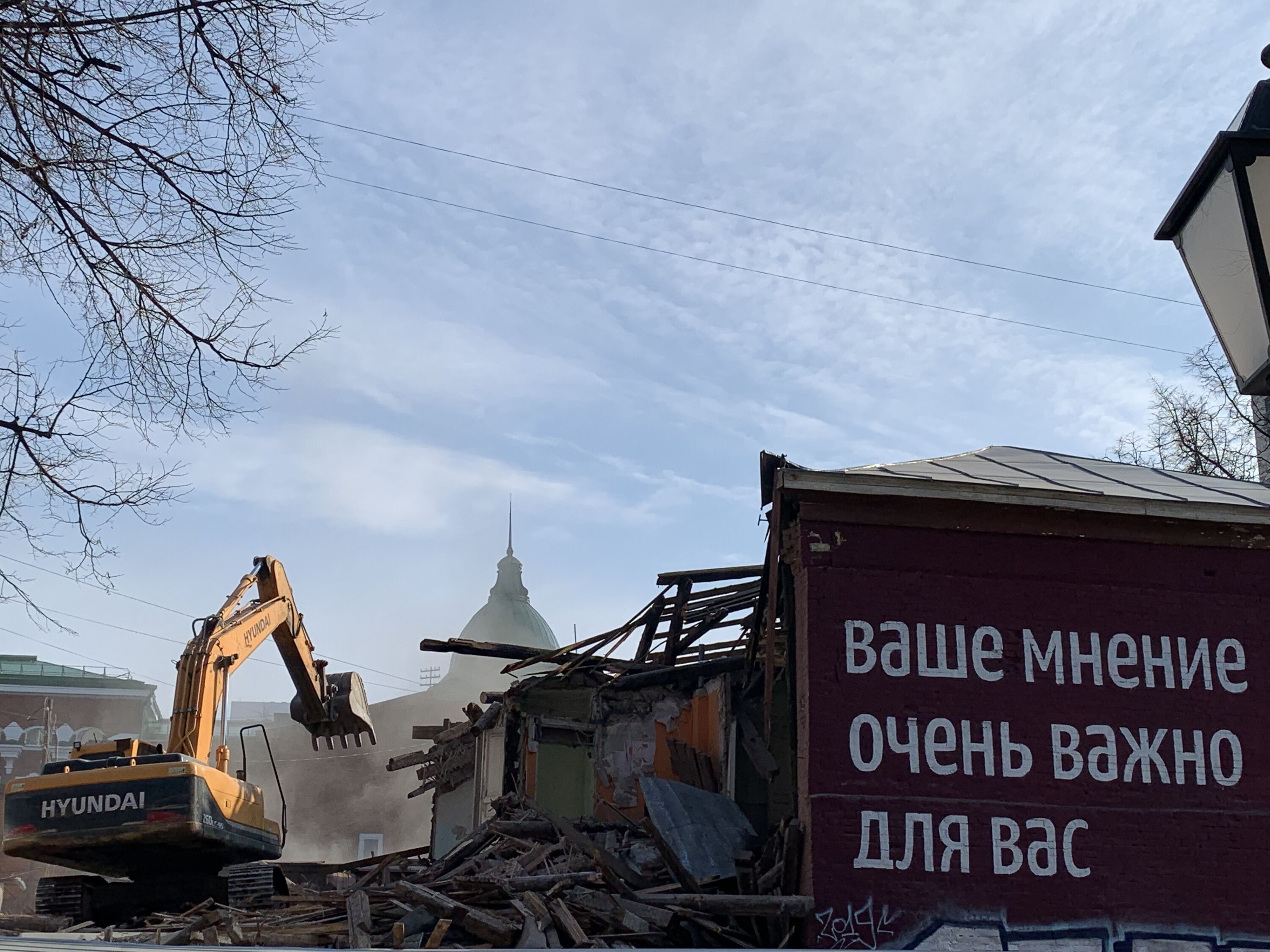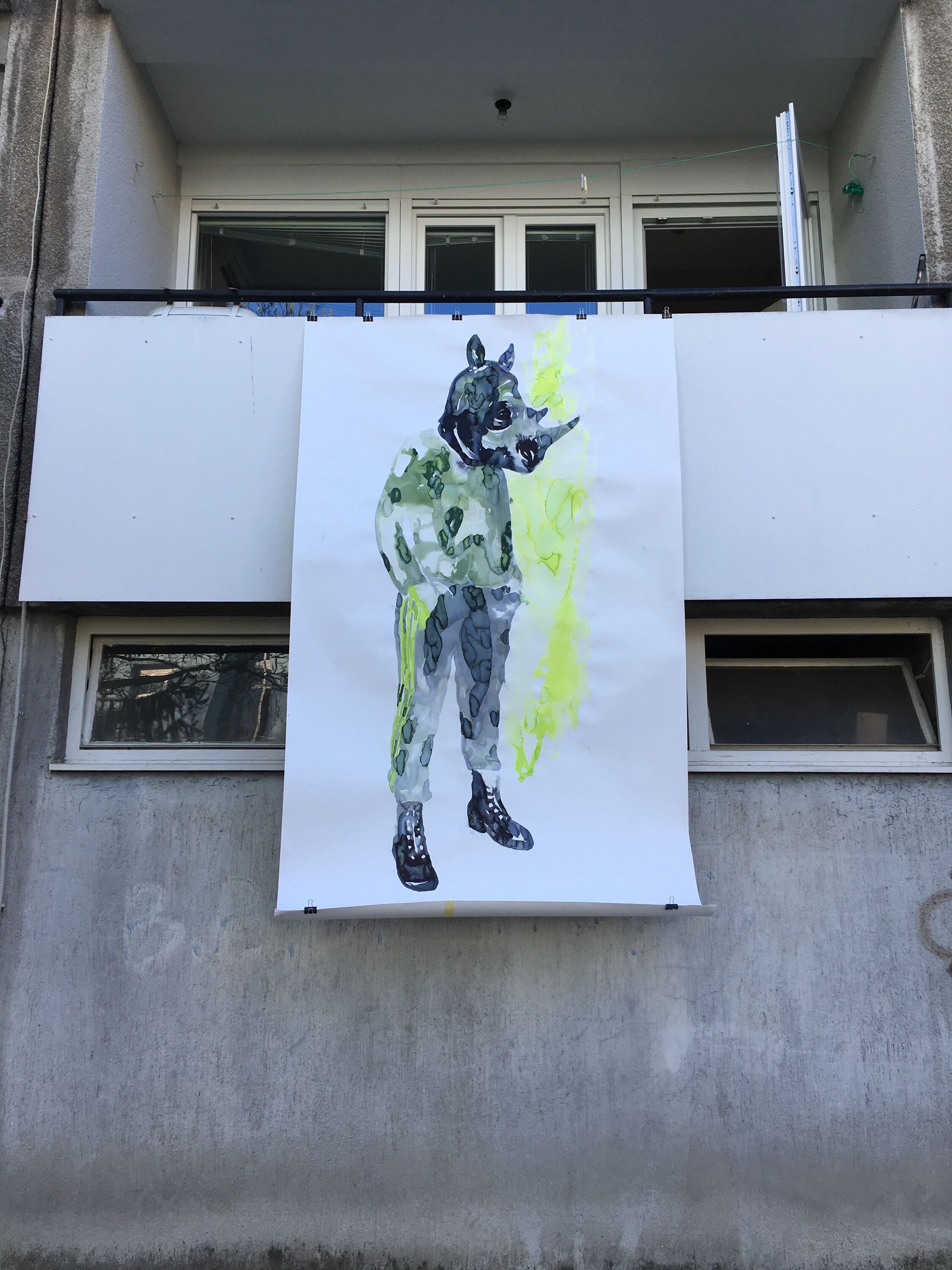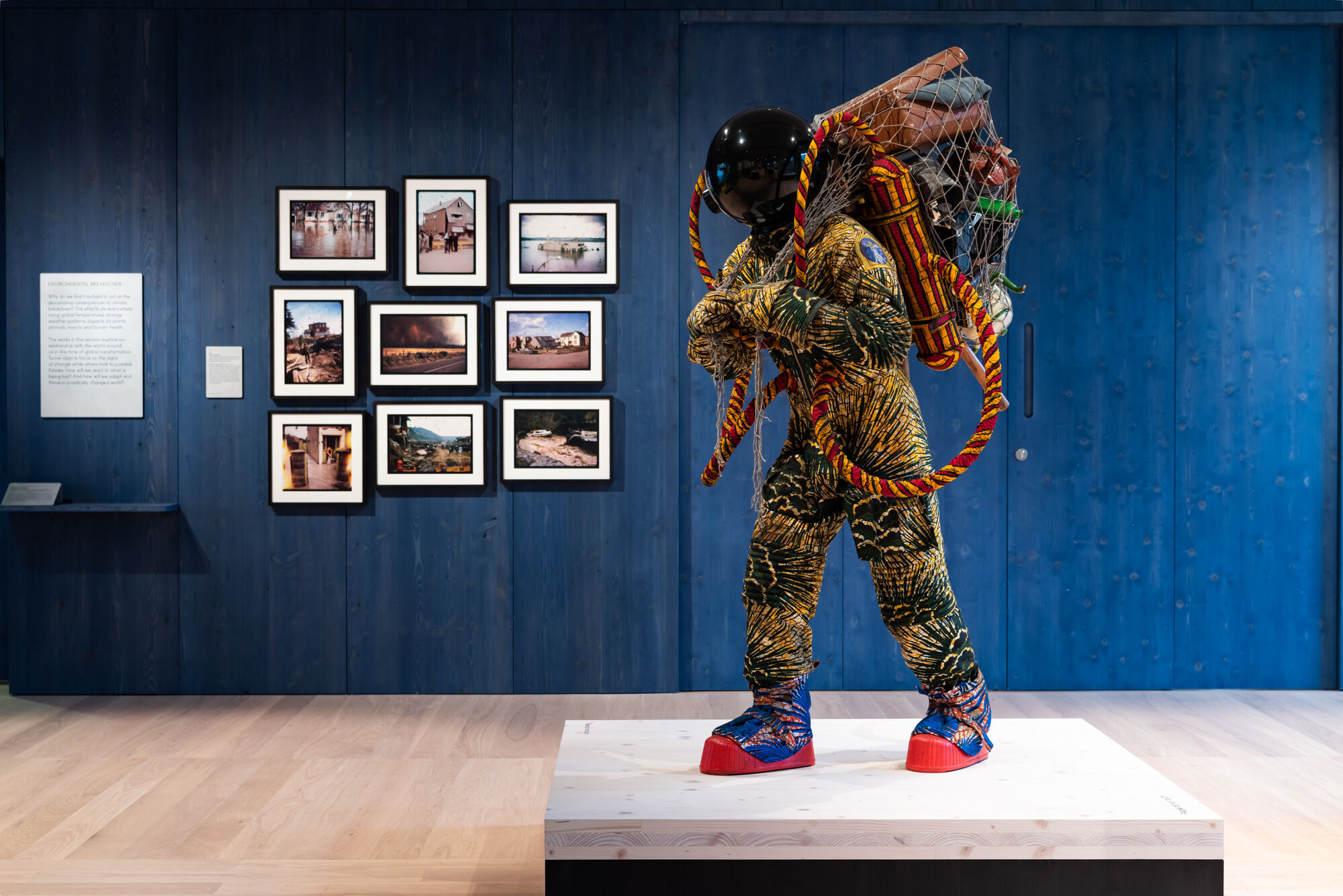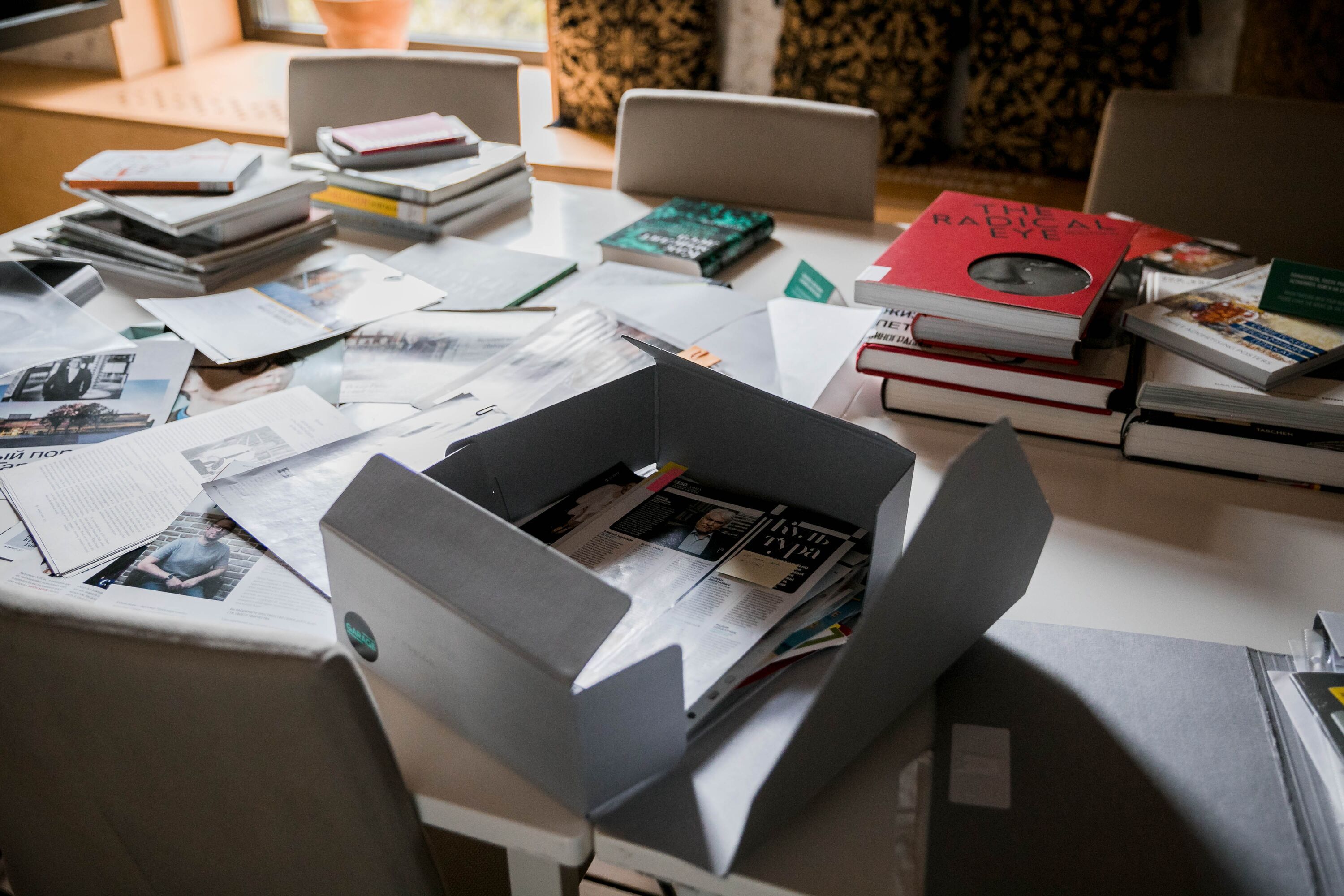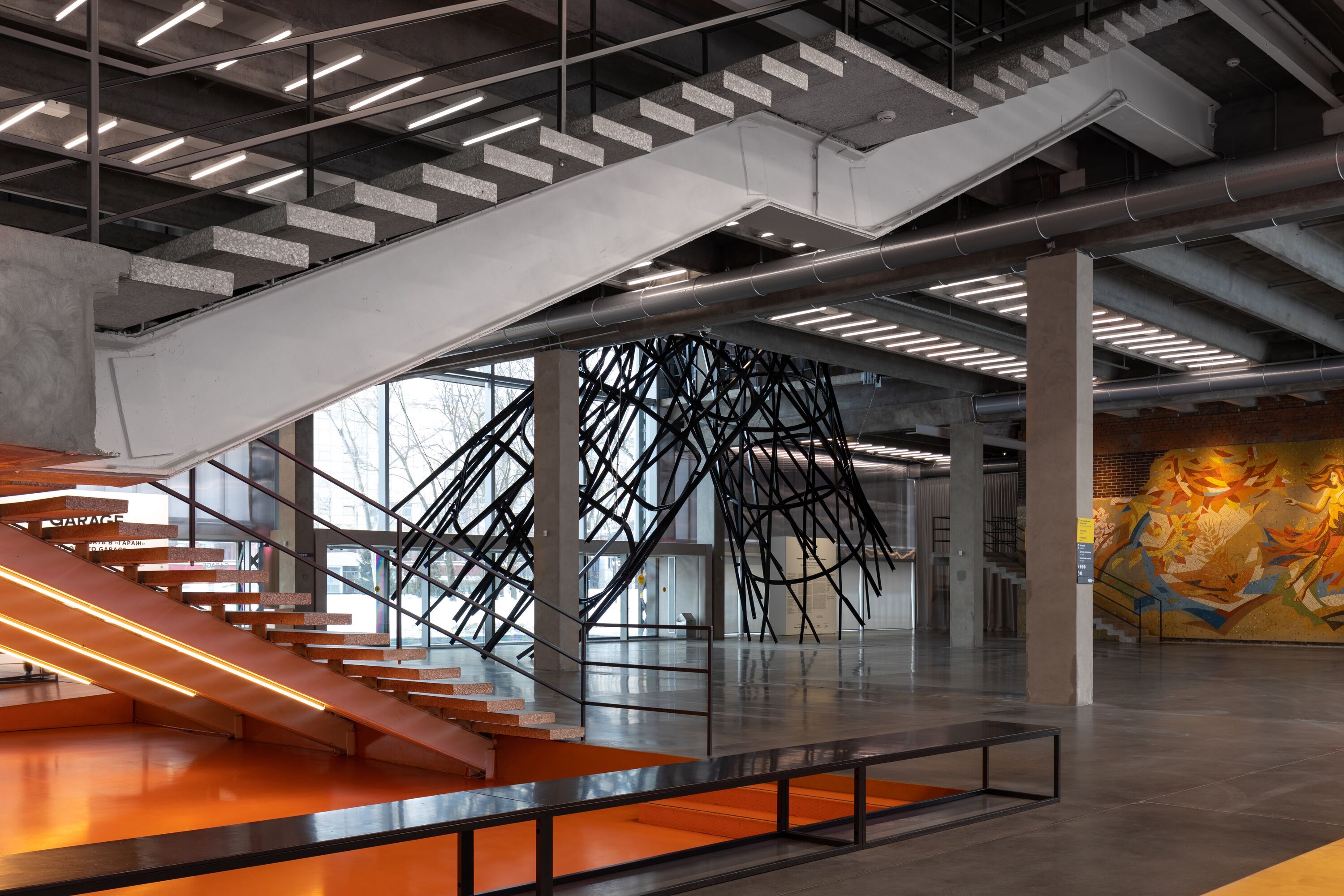Articles by keyword "contemporary art"
Issue 04 of The Garage Journal publishes innovative scholarship on the relationship between the moving image and the museum. It analyzes ways in which cinema, video art, and curatorial practices inform and influence each other. Dissecting this intricate relationship, the issue challenges traditional assumptions and opens up a discourse where affinities and oppositions coexist.
In this essay, the author discusses the reader that accompanied the South African Pavilion at the 58th Venice International Art Biennale—The Stronger We Become: The South African Pavilion (edited by Nkule Mabaso and Nomusa Makhubu). The author concludes that the book argues for ‘epistemic justice’ and that resilience in art can be understood as positive (resilience through laughter) or negative (resilience through neoliberal absorption).
In 1968 the Belgian artist Marcel Broodthaers inaugurated the Musée d’Art Moderne, Département des Aigles at his home in Brussels, with the Section XIXème siècle. In 1972 Broodthaers closed his Museum at documenta V with the Musée d’Art Ancien, Département des Aigles, Gallery du XXe siècle. The art historical discourse framed the fictitious Museum project as institutional critique.
This article examines the role of contemporary art exhibitions in the process of the political integration of Europe between the Cold War’s end and the European Union’s Eastern Enlargement. To do so, it analyzes a range of inter-European exhibitions that aimed to construct and disseminate a new notion of a ‘united’ European art world.
The Making of Voids is a research-based artwork that reflects on what has happened since the summer of 2019 in Hong Kong, when large-scale protests against plans to allow extradition to mainland China took place. The coronavirus crisis came shortly after mass arrests shrank the protests. Crisis after crisis has made Hong Kong an altered island for many, much like what the pandemic has done to all parts of the world. The Making of Voids is a portal between one world and the other. It is an attempt to break with the past, to imagine a world anew.
The art world was already experiencing a profound crisis before the COVID-19 pandemic, but the discourse until that point had largely focused more on the hopelessness of the situation, rather than the possibility for meaningful change. The massive market disruption caused by the virus outbreak created an immediate shift away from consumption of physical objects both into the digital realm of social media and virtual, participatory art experiences and beyond traditional gallery walls into outdoor art venues. A liquid consumption model has emerged in new models such as NFTs that function like unique objects for digital artworks.
In the summer of 2020, the a-disciplinary platform K moved into the exhibition space of Lothringer 13 Halle in Munich. The event This House Is Not a Home that K organized there functioned both as an exhibition space for gallery visitors and also as a social format for meeting and sharing. Over the course of the intervention, more than 50 participants came together to inhabit the space, share their skills in art and other disciplines, eat together, and use the infrastructure. The space was furnished with artistic contributions that represented individual participants and were also functional.
This essay documents and analyzes dance practices during the COVID-19 lockdown in Moscow and Saint Petersburg. The aim of the paper is to investigate corporeality in lockdown through dancers’ own accounts. The essay uses the concept of ‘thinking through the body’ to conceptualize the experiences described in the interviews by performers and dance practitioners, including both professional and non-professional dancers.
The discussion was organized by The Garage Journal as a part of the eighth edition of Cosmoscow International Contemporary Art Fair. It was held at the Gostiny Dvor in Moscow on the 13th of September, 2020. Speakers were invited to reflect on the changing role of the museum as a social institution in Russia during the COVID-19 pandemic and other global crises. They discussed Russian museums’ strategies for interacting with their audiences and fundraising, as well as other aspects of museum work that are particularly important in crisis situations.
Titled ‘After Crises: Art, Museums, and New Socialities’, the issue explores a variety of crises and socialities from a range of perspectives, including the ideas of (in)visibility, (dis)continuation, and (non)representation. Paying attention to different kinds of crises (political, social, economic, health, and other), the issue surveys a range of cultural contexts, including Japan, Hong Kong, Russia, and the United States, and explores how new socialities are replacing existing identities.
There have been a number of exhibitions in the last five years that have explored queer themes and adopted queer approaches, yet the position of queer in museums remains precarious. This article explores the challenges of this museological landscape and the transformative potential of queer curating through two projects: Queer British Art, 1861—1967 (Tate Britain, April–September 2017) and Being Human (September 2019–present).
What is the role of collaborative research in contemporary museum practice? How can an art institution support research in the arts and humanities? These are some of the questions that were sent to a panel of interlocutors—among them multi-disciplinary researchers, curators, and art managers. Their responses are presented in the form of a discourse about contemporary art institutions and research; its focus is on how art institutions can generate knowledge, support research, and build inclusive environments.

